India remains one of the world’s most polluted countries. A study by a Swiss air quality technology company has found that Chad was the most polluted country last year, followed by Bangladesh, Pakistan, Democratic Republic of Congo and India, respectively.
As many as 13 of the top 20 most polluted cities are in India. Four others are in neighboring Pakistan, one is in China and another in Kazakhstan, IQAir’s World Air Quality Report 2024 revealed.
But it is not Delhi that is India’s most polluted city. It is Byrnihat, an industrial town on the border of Assam and Meghalaya.
Let’s take a closer look.
Why is Byrnihat most polluted?
As per IQAir’s report, Byrnihat in Meghalaya was the “most polluted metropolitan area of 2024”.
The city, with a population of around 70,000, has poor air quality due to emissions from local factories, including distilleries, iron and steel plants, as per a PTI report.
Byrnihat recorded a fine particulate matter or PM2.5 concentration of 128.2 last year – over 25 times the World Health Organization’s (WHO) recommended limit.
As per the UN health agency, the average annual levels of PM2.5 should not be more than 5 micrograms per cubic meter (μg/m3).
The toxic air in Byrnihat, a major transit hub between Assam and Meghalaya, is caused by its rapid industrialisation and unchecked emissions.
Locals have expressed dismay about the high pollution levels and called on the authorities to do more. Last month, Byrnihat residents staged a protest against the deteriorating air quality.
“It feels very sad and helpless that Byrnihat keeps topping the list,” Suman Momin, a 26-year-old local, told CNN.
She attributed the city’s toxic air to factories around the town, a growing construction industry and deforestation.
“The pollution is particularly bad right now, visibility is not great, there is dust everywhere, my eyes also burn,” she said. “I do not leave home without a mask.”
“People around have developed breathing issues over the years as well,” Momin told CNN.
Earlier in February, seven industrial units were shuttered in the city for flouting environmental regulations, as per a Shillong Times report.
Meghalaya’s pollution control board has also been ordered to conduct surprise inspections and take strict action against defaulting industries.
India’s pollution
India’s top polluted cities lie in northwest India –– from Rajasthan to western Uttar Pradesh.
Bhiwadi, Ganganagar and Hanumangarh in Rajasthan; Mullanpur in Punjab; Faridabad and Gurugram in Haryana; Loni, Muzaffarnagar, Noida and Greater Noida in Uttar Pradesh were the most polluted cities in the country last year, as per IQAir’s report.
Delhi was the world’s most polluted capital in 2024 for the sixth year in a row. The PM 2.5 levels worsened in the city, from 102.4 μg/m3 in 2023 to 108.3 μg/m3 in 2024.
Overall, 35 per cent Indian cities reported annual PM2.5 levels exceeding 10 times the WHO limit, as per the report by IQAir.
The Swiss company ranked India on the fifth spot in the list of the most polluted countries, a fall from third position in 2023. This was due to a seven per cent decline in PM 2.5 concentrations, from an average of 54.4 μg/m3 in 2023 to 50.6 μg/m3 last year.
But the report warned that air pollution “remains a significant health burden… reducing life expectancy by an estimated 5.2 years.”
Speaking to PTI, former WHO chief scientist and health ministry advisor Soumya Swaminathan said India has advanced in air quality data collection but lacks adequate measures.
“We have the data; now we need action. Some solutions are easy, like replacing biomass with LPG. India already has a scheme for this, but we must further subsidise additional cylinders. The first cylinder is free, but the poorest families, especially women, should receive higher subsidies. This will improve their health and reduce outdoor air pollution,” she said to the news agency.
Swaminathan suggested increasing public transport and imposing fines on certain vehicles to tackle air pollution.
“Finally, strict enforcement of emission laws is crucial. Industries and construction sites must comply with regulations and install equipment to cut emissions instead of taking shortcuts,” she added.
With inputs from agencies


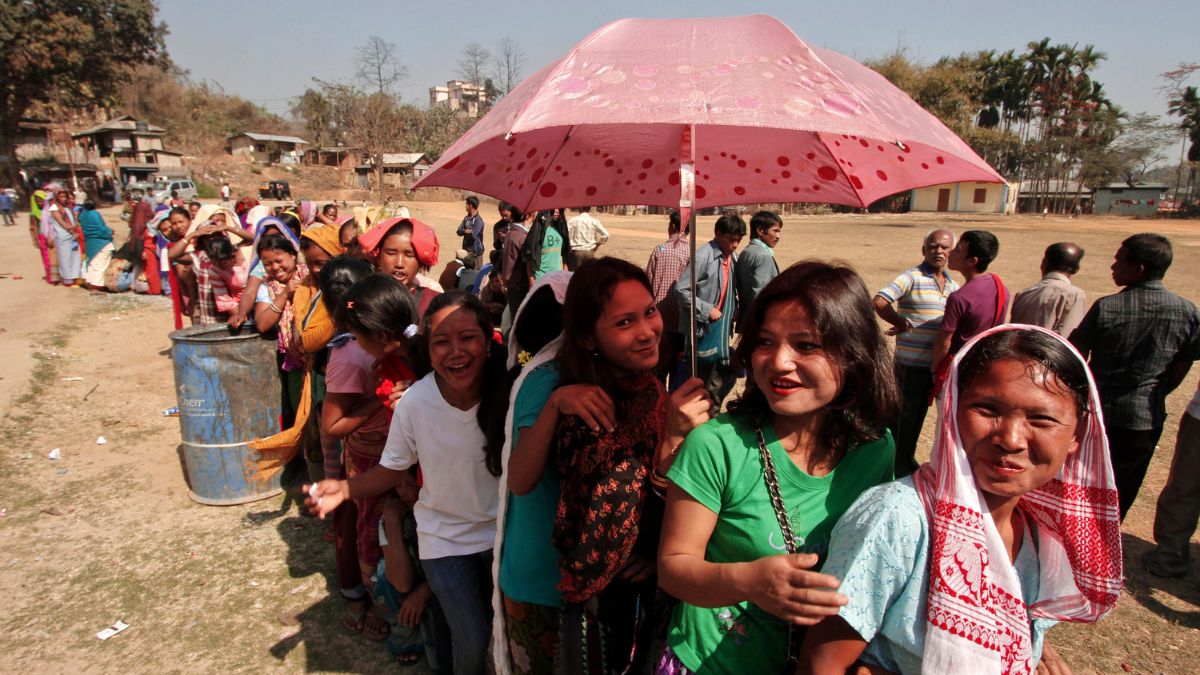)
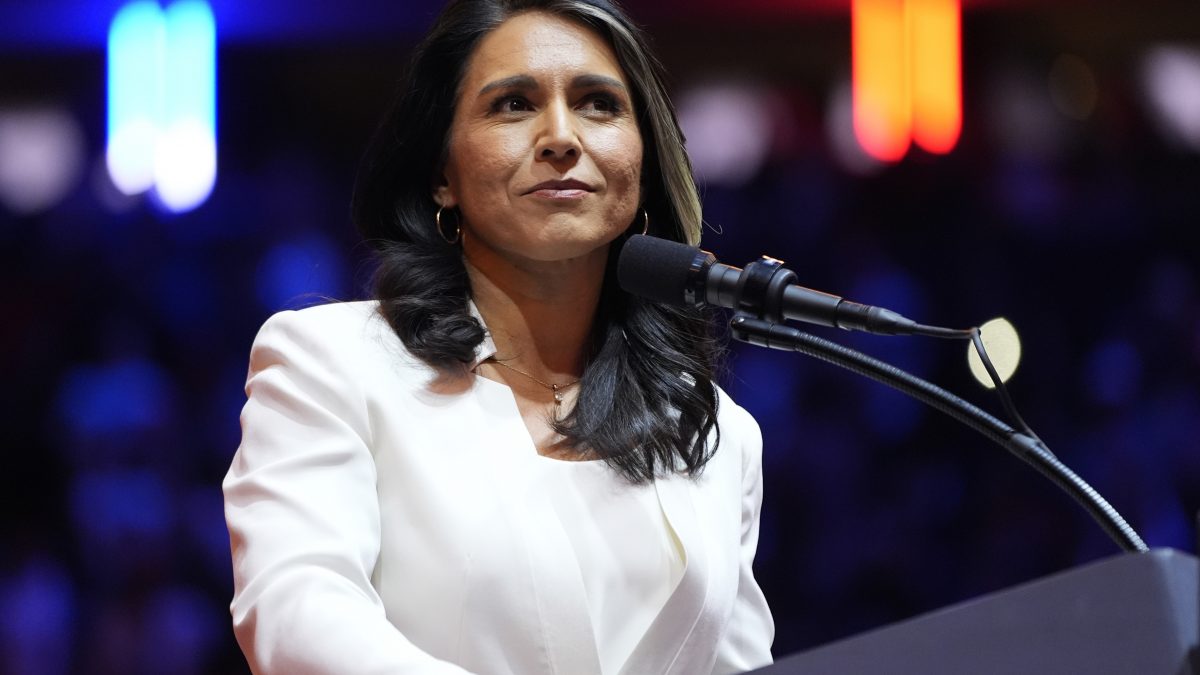)
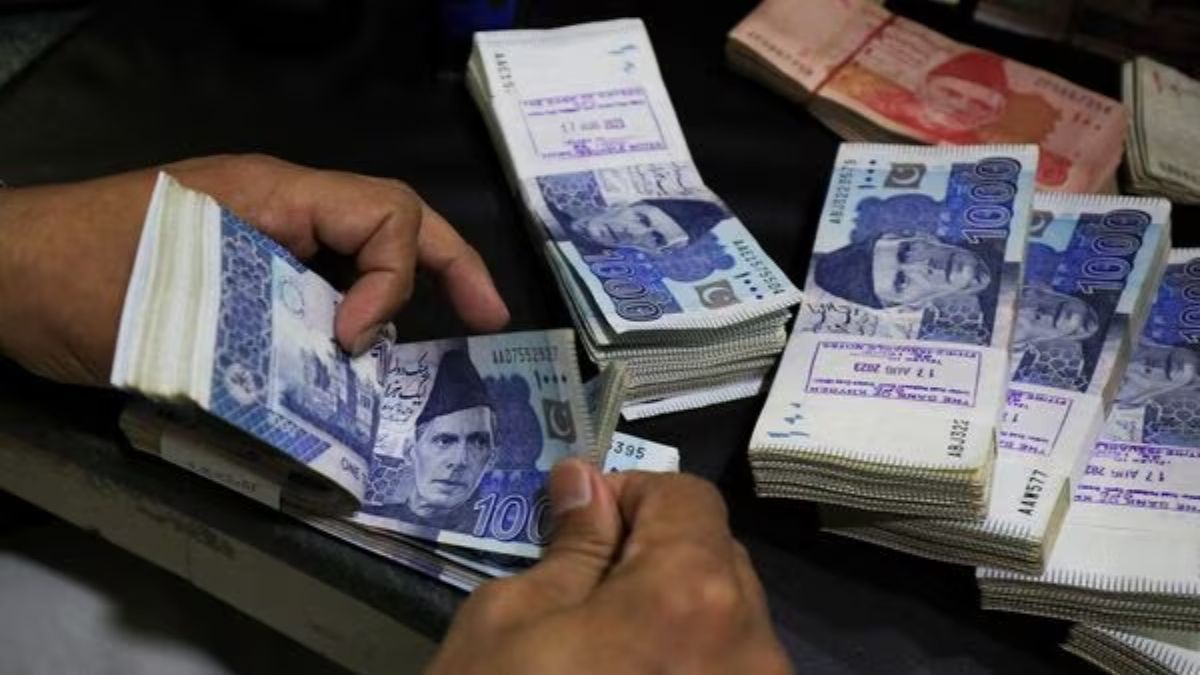)
)
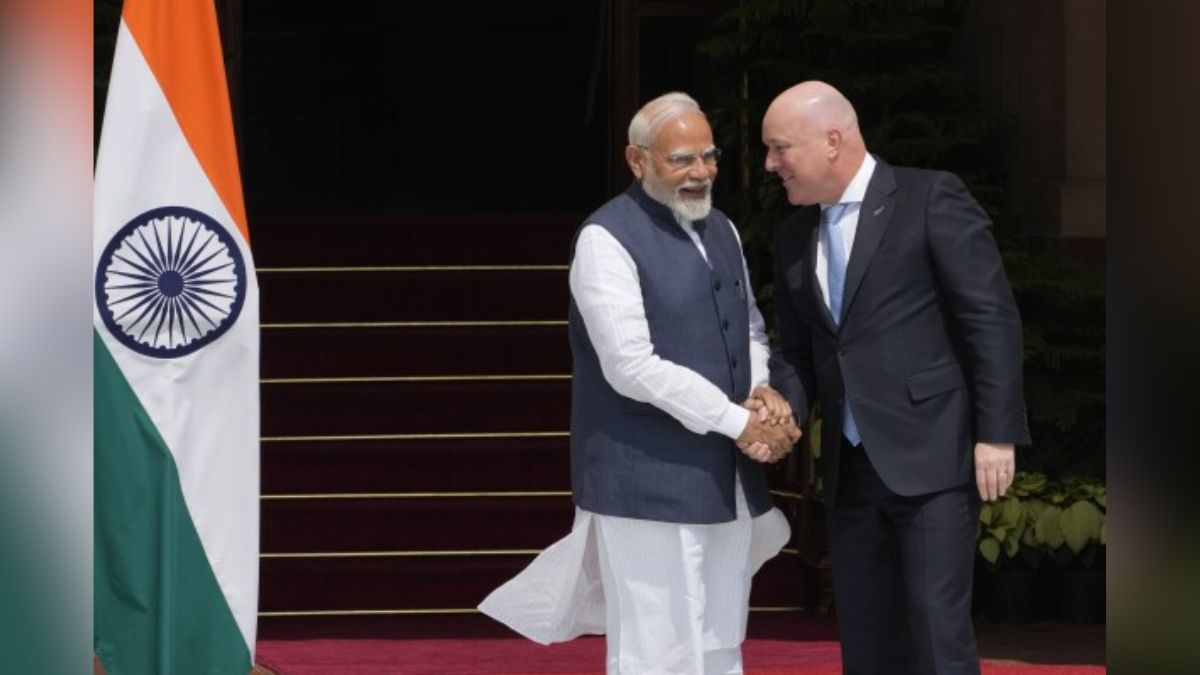)
)
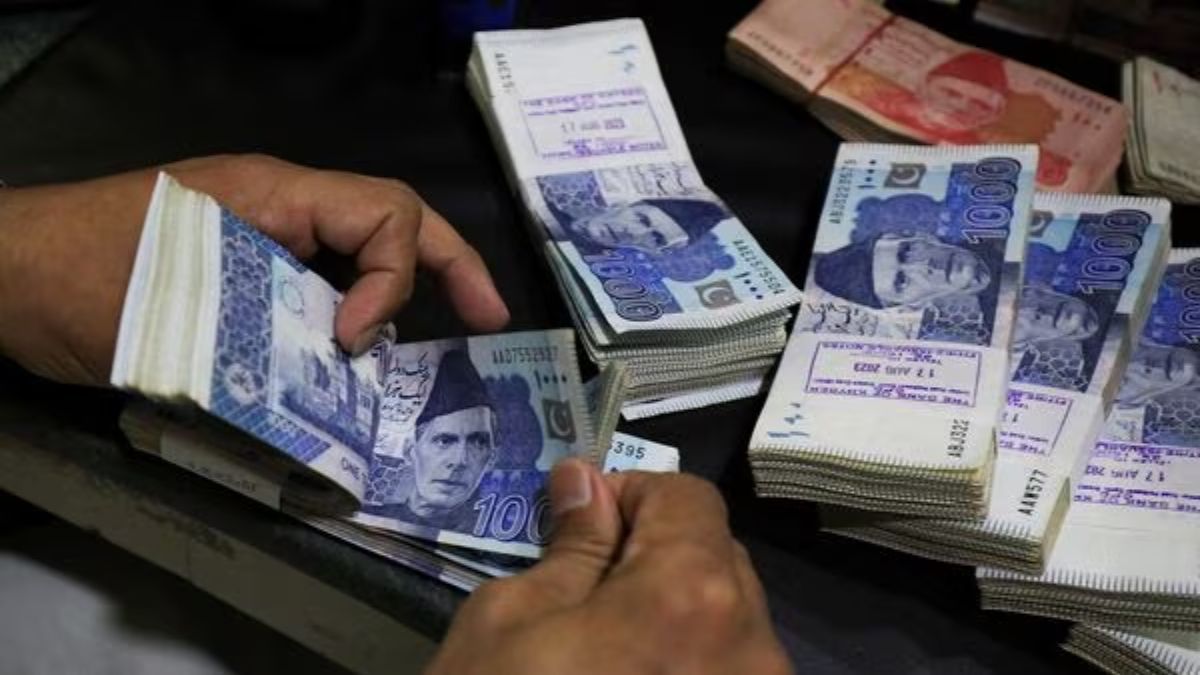)
)
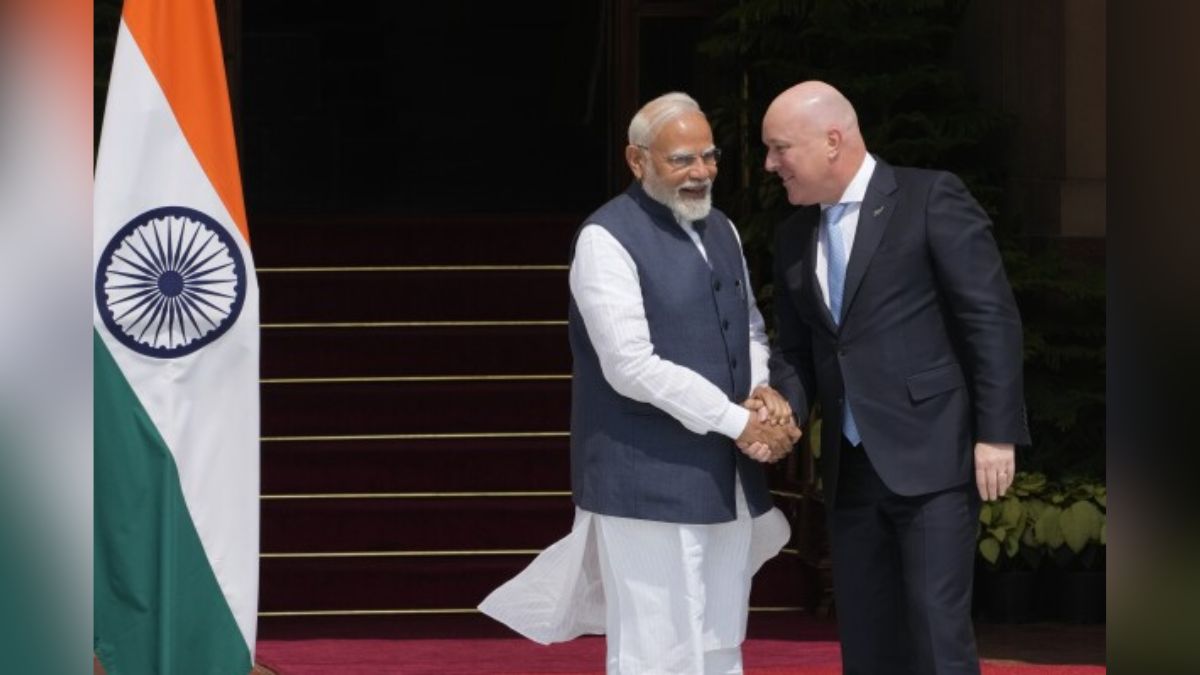)



